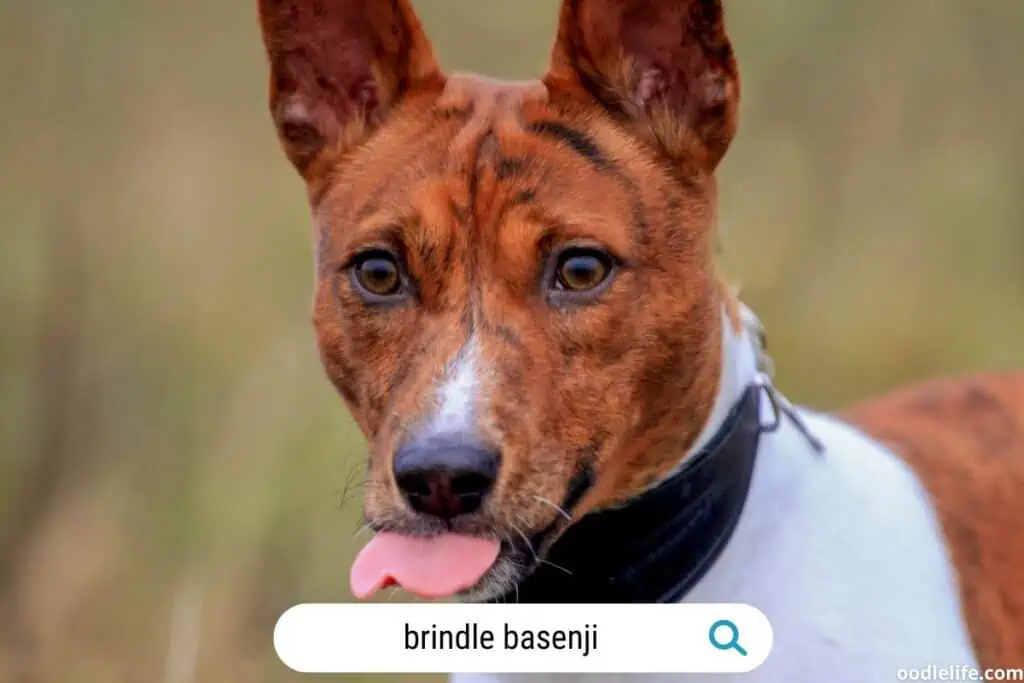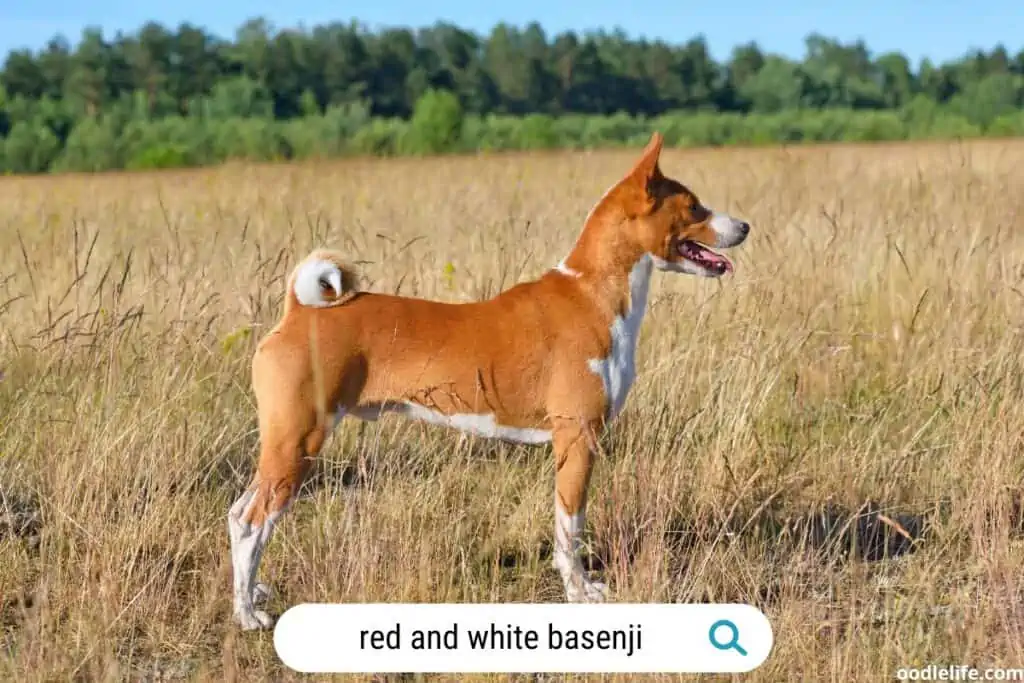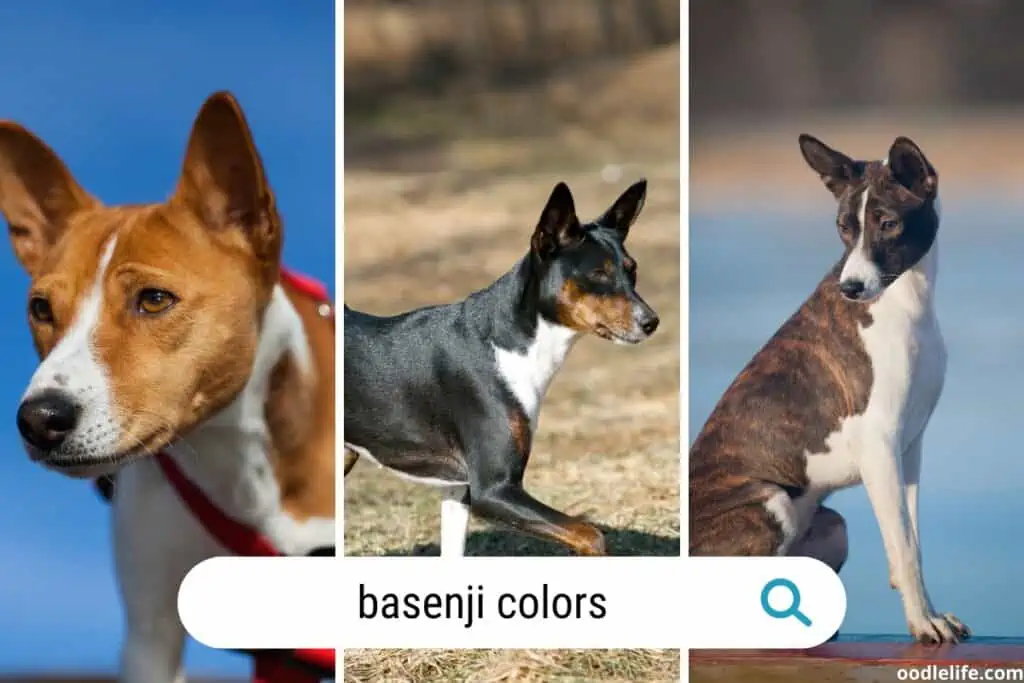Is The Basenji a PUREbred dog?
What is the Basenji a mix of? Have you ever wondered about that? Well, in this post, we will be looking into his topic to establish the origins of the Basenji.
Rather than being a mix, the Basenji is actually a pure breed with an interesting history. It is recognized as one of the oldest dog breeds in the world.
It has been depicted in ancient Egyptian art which dates back more than 5000 years ago.

What Did Basenjis Evolve From?
The Basenji is an ancient breed, and the DNA of this little dog is unique. Researchers have discovered that Basenjis and other pariah dogs appear to have evolved from a group of dogs that split off from the rest of the dog family more than 100,000 years ago.
The pariah dogs include many different types of primitive hunting dogs, including the New Guinea Singing Dog and the Australian Dingo. They all have a similar appearance: prick ears, curly tails and a smooth coat.
Its origins can be traced back to the Congo, where it was used by tribes living there as a hunting dog. Because it was bred in isolation, it developed its own characteristics and personality that set it apart from other dogs.

There is not much documentation on the history of this breed, but it is believed that the first Basenji was brought to England in 1895 by Dr. Charles Henry Sharp, who brought him back from what was then called Zanzibar.
The breed quickly became popular in England and then the United States after World War II when American soldiers brought them back from Africa as pets for their families.
In 1973, there were only about 200 Basenjis left in the world and they were almost extinct due to selective breeding of these dogs for certain traits like their coloring and body size.
What Group is the Basenji In?
Basenjis are a hound group dog, which means they are bred to hunt by scent. They are excellent hunters and can be trained to hunt many different types of prey. They have a distinctive yodelling bark that sounds like “baroo” or “yo-yo-yo.”
Basenjis were first recognized by the AKC in 1943 and are ranked 129th in popularity among all breeds.

Are Basenjis Cat Like?
Basenjis look like cats in certain ways: they have short hair and a long body, groom themselves meticulously, can climb trees and don’t bark as dogs do. However, as far as behaviour goes, Basenjis are much more like dogs than cats.
They play fetch, enjoy cuddling up in bed with their owners and even get along well with other animals in the household (including cats).
Basenjis make a wide variety of noises including yodels, growls and howls. They may also chatter their teeth at you if you’re talking too much (or if they don’t like what you’re saying).
This breed was known as the “barkless dog” until people realized that it makes many different sounds besides barking and yodelling is its most common one.
Personality and Characteristics of the Basenji
The Basenji is intelligent but can be aloof at times. They don’t do well with harsh training methods, which is why many people consider them stubborn.
Many owners of this breed are experienced dog owners who understand how to train dogs the right way. They are also not recommended for first-time dog owners.

Basenji Health Issues
Health issues for the Basenji include Fanconi Syndrome (urine glucose), seizure disorders, spinal cord abnormalities, hip dysplasia and eye problems such as progressive retinal atrophy (PRA) and corneal dystrophy.
Conclusion
So, there you have it. The Basenji is not a mix of any two dog breeds. It’s actually a pure breed with a rich history dating back thousands of years.